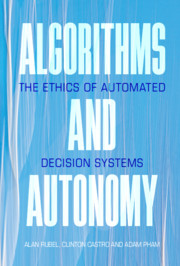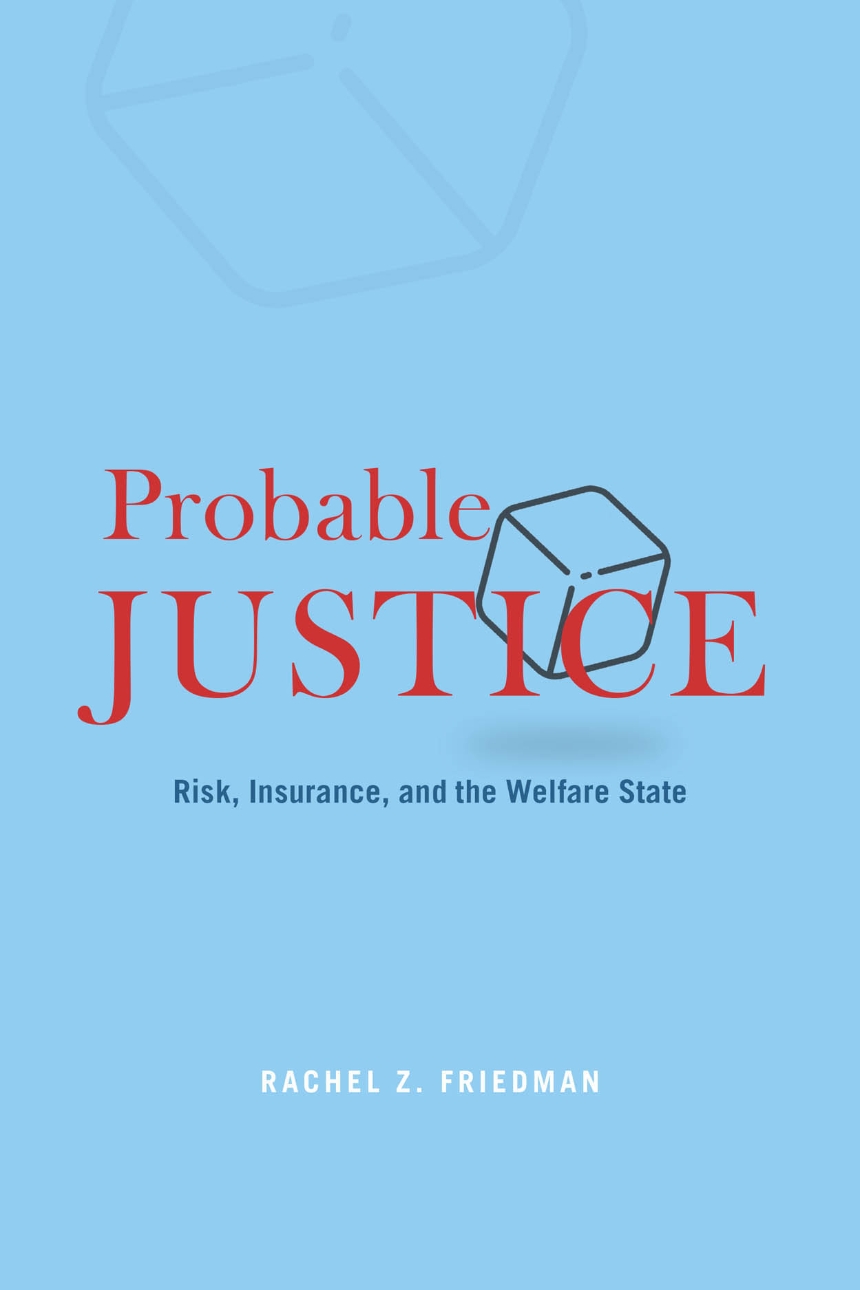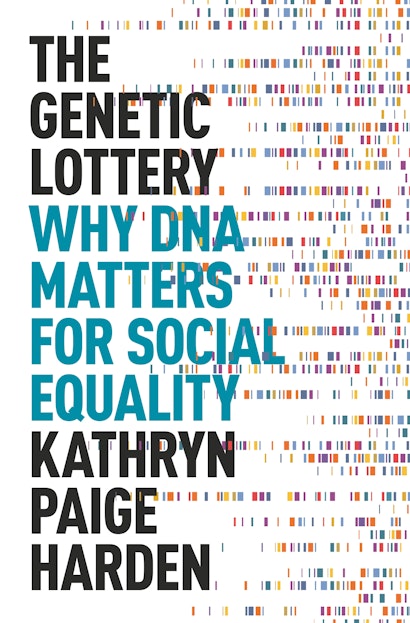Machine Learning and AI for Healthcare. Big Data for Improved Health Outcomes
15 de novembre 2021
11 de novembre 2021
10 de novembre 2021
Nudging and public policy
Psychology and Behavioral Economics. Applications for Public Policy
This is a textbook on applied behavioral economics for public policy issues. In chapter 5 you'll find the health section and this is the summary:
Where people live, what they eat, how careful they are about taking their medications, and even what they do in their spare time are very much related to the quality of their lives and their health-related outcomes. While our genetic makeup accounts for a signifcant portion of our health outcomes, we know that health is also heavily infuenced by what are known as social determinants: education, wealth, neighborhood safety, housing, and health literacy, among many others. Throughout the day, we face many decisions that have a direct or indirect impact on our health and quality of life. Many of these choices can be infuenced toward healthier options by behavioral interventions.
This chapter presents behavioral insights and interventions that have a high potential to impact the health of community members, reduce disparities, and improve their overall quality of life. These insights and interventions range from increased medical adherence to improved nutritional choices using nudges, regulations, provision of information, or rewards for positive behaviors
09 de novembre 2021
Choosing how to choose
Making Better Choices: Design, Decisions, and Democracy
Making Better Choices is about how we make decisions together and the tools we use to get to those decisions. We make joint decisions out of necessity because the choices we make affect each other. Each decision we take has a consequence. This book reinforces why we need better systems design and analyses given the consequences of our decisions. It is also about carefully thinking about the values of the choices we make, whether they occur in a small meeting of individuals in a local association or community or in a national election. It will illuminate the differences between sincere behavior and strategic behavior to defeat an opponent in voting, the latter being quite common. The book will also review different voting systems, what their original intents were, and what their deficits are. In trying to bring all these topics together and more, the authors realized that the book is in essence an outcome of the arranged marriage between social choice and systems engineering that they conducted. The more one begins to explore the aspects of social choice and systems engineering, the more one realizes how much they have in common, and how much more they can offer if they are unified.
Charles E. Phelps is one of the authors of this book. He departs from health economics and enters into social choice. Great book. In the epilogue:
We live in a world with the consequences of pretending that complex systems have binary answers. Having open discussions on these complexities is sometimes difficult, perhaps even painful. But awkwardness and pain on such issues merely represent hidden problems that inhibit our collective progress. Ignoring them or stifling discussion about them will not make them go away.
In Making Better Choices we have seen how the ways we choose affect how organizations make decisions. Two major branches of human thought have approached this issue, but from wholly distinct directions. Systems engineering has created a repertoire of ways for product and service design with performance improvement and new insights as defining features. However, systems engineering seldom deals with the question of how to do this in the context of a group of individuals acting as the decision-maker. A traditional systems engineering approach develops requirements of a desired, even acceptable, solution to the problem but doesn’t necessarily consider where those come from. This is the realm of social choice.
08 de novembre 2021
AI everywhere (7)
Topics of the book:
How Much and What Kind of Artificial Intelligence Can Humans Bear?
“Do You Know How It Was?”: The History of AI
How Does AI Function?: AI Techniques
How Is AI Being Realized?: AI Determines Our Lives
Are You Still Buying or Are You Already “Influencing”?: Trade 4.0
Where to Go with the “Social Fallow”?: Industry 4.0
How Is Our Togetherness Changing?: Social Implications of AI
Paradise Times or the End of the World?: The Future with AI
07 de novembre 2021
Ethics of algorithms: the autonomy perspective
Algorithms and Autonomy. The Ethics of Automated Decision Systems
This is a reference book on the key topics of ethics of artificial intelligence. Selected statements from the last chapter of this open access book:
We have argued that three broad facets of autonomy are affected by algorithmic systems. First, algorithmic systems are relevant to what we owe each other as autonomous agents. That is the focus of Chapters 3 and 4. In Chapter 3 we addressed the material conditions that we owe others and argued that respecting people as autonomous demands that any algorithmic system they are subjected to must be one that they can reasonably endorse. It does not require that they value particular outcomes or that they not bemade worse off by such systems. Rather, systemsmust either comport with agents’ own ends or be consistent with fair terms of social cooperation.We argued that persons being able to reasonably endorse a system turns on the system’s reliability, responsibility, stakes, and relative burden. Chapter 4 turned to the issues of what information we owe others. There we argued that people are owed information as a function of their practical agency (i.e., their ability to act and carry out plans in accord with their values) and as a function of their cognitive agency (i.e., their ability to exercise evaluative control over mental states, including beliefs, desires, and reactive responses). We offered several principles for information access grounded in agency. The second connection between algorithmic systems and autonomy is ensuring the conditions under which people are autonomous.
In Chapter 5 we considered the relationship between algorithmic systems and freedom.We explained that algorithms bear upon negative, positive, and republican freedomand offered a general account of freedom as ecological non-domination. Key to understanding that ecology is recognizing three key challenges to freedom: affective challenges, deliberative challenges, and social challenges. In Chapter 6 we offered some suggestions for addressing some facets of those challenges. Specifically, we argue that a kind of epistemic paternalismis both permissible and (under some conditions) obligatory. Chapters 7 and 8 shift focus to the responsibilities of agents in light of the fact that they are autonomous. In Chapter 7 we argue that algorithmic systems allow agents deploying such systems to undermine a key component of responsibility, viz., providing an account for actions for which they are responsible. Specifically, we argue that complex systems create an opportunity for “agency laundering,” which involves a failure to meet one’s moral responsibility for an outcome by attributing causal responsibility to another person, group, process, or technology. Chapter 8 addresses a different facet of responsibility. Citizens within democratic states have a responsibility to exercise their autonomy in order to legitimate political authority. That is, they have a responsibility to help ensure that governments, laws, policies, and practices are justifiable. However, some kinds of algorithmic systems hinder citizens’ abilities to do that. They can do so by undermining the epistemic conditions necessary to underwrite the “normative authority” path to legitimacy or by undermining the exercise of autonomy necessary to underwrite the “democratic will” path to legitimacy.
06 de novembre 2021
A must read health policy textbook
Understanding Health Policy: A Clinical Approach
If somebody asks me about a health policy textbook for students, I would say inevitably this one. Now in its 8th edition has updated many issues. Unfortunately we don't have a similar text with an european perspective. Many politicians and MP should read it to change their biased minds on health policy issues. The debate would improve notoriously.
05 de novembre 2021
AI everywhere (6)
Intel·ligència artificial, ètica i societat
Artificial Intelligence, Ethics and Society
Index
Foreword
Introduction
1st PART – An overview through the specialised literature
.1.1. What do we mean by artificial intelligence (IA)?
1.2. What do we mean by the ethics of IA?
1.3. The main ethical principles of AI
1.4. Why the emergence of ethical AI?
1.5. What are the main risks of AI?
1.6. The social perception of AI
1.7. What is the institutional response?
1.8. What is the business response?
1.9. How to move towards ethical AI?
1.10. A proposal for a regulatory framework of AI in the EU
1.11. By way of conclusion to the first part
2nd PART – An overview through expert opinions
2.1. Collecting and analysing qualitative information domain
2.2.1. Ethical considerations of AI: restriction, sub-objective or main objective?
2.2.2. AI as a factor in human debilitation
2.2.3. AI as a factor of human empowerment
2.2.4. The context of ethical considerations in AI
2.2.5. The impact of AI on younger generations
2.3. Legal domain
2.3.1. The geopolitics of AI
2.3.2. AI governance
2.3.3. The regulation of AI
2.3.4. The social justice of AI.
2.3.5.Transparency in AI
2.4. The future outlook
2.4.1. The main ethical and social challenges in the long term
2.4.2. The balance of opportunities and risks of AI in the future
2.5. By way of conclusion to the second part
03 de novembre 2021
The welfare state as a social insurance mechanism
Probable Justice. Risk, Insurance, and the Welfare State
This book is a review of the role of social insurance, from mutual insurance to the development of current welfare policies. Too often we forget that we have our public coverage of risk as the efficient solution for an intractable issue at individual level.
Key take-aways from last chapter:
I have advanced three principal claims about probability theory and its relationship to welfare thinking. The first is that mathematical probability is frequently, if not inherently, normative in its character. We saw that the very project of quantifying probabilities grew out of a moral and legal question, namely the need to apportion fair shares in an interrupted game of chance. Each subsequent account of probability has in turn both reflected and furthered the practical aims of its exponents. This should not be surprising, given that the discipline is at its core an attempt to guide good judgment and quantify equality, both of which are normative efforts, closely linked to views about the ends of human action and justice broadly understood.
The second claim, which follows from the first, is that theorists of mathematical probability have long tried to reconcile individual choice with some account of the common good. Not long after the founding of the discipline, probabilists began to recognize a potential disconnect between personal prudence, or common sense, and contractual fairness as defined by their calculations. Many subsequent contributions to the theory attempted to resolve this problem in its various forms. Each account had a different character and resulted in different proposals. Yet they shared the promise of harmonizing individual judgments with aggregate regularities, which respectively correspond to the two sides of probability itself.
Finally, I have argued that the answers to this problem that emerged in connection with probability theory, from roughly the end of the eighteenth century through the twentieth, played a crucial role in the development of the modern welfare state. Statistical insurance was the first practice in which philosophers of probability sought, and in their view found, the means to reconcile individual benefit with a common good. The application of insurance principles on a social scale therefore promised to extend such harmony well beyond isolated associations to the polity as a whole. Insurance would refl ect the free choices of individuals while simultaneously securing social order. It would give each citizen her due while promoting the aggregate benefit. And it would distribute resources on the basis of both personal responsibility and equal vulnerability or need, accommodating the two principles without clearly favoring either one.
And a reflection,
Any book about social insurance must address, at least briefly, the most pressing political controversies surrounding the welfare state today: namely, the problem of finance and the question of personal responsibility. If at one point the rubric of insurance invoked an image of fi scal restraint, promising to limit what the state distributes to the amount that it collects in contributions, the welfare state has come to be identifi ed among critics with out- of- control spending and government debt. And if mutual insurance was originally touted as a reflection of prudence and a means to propertied independence, it is now commonly associated with what economists refer to as moral hazard, meaning the encouragement of risky and expensive behaviors, as well as dependence on the state. It is true that, in most advanced welfare states, social expenditures increased over the course of the twentieth century, not only in absolute terms but also as a percentage of gross domestic product. Some scholars have explained this phenomenon as a product of Wagner’s Law, which predicts that the share of government spending relative to GDP will increase with rising incomes. As citizens grow wealthier and live longer, this argument goes, they will increasingly seek out the kind of quality- of- life improvements provided by the risk- pooling and consumption- smoothing functions of the welfare state, including healthcare, pensions, and education.
02 de novembre 2021
Genetic luck
The Genetic Lottery: Why DNA Matters for Social Equality
In The Genetic Lottery, Harden introduces readers to the latest genetic science, dismantling dangerous ideas about racial superiority and challenging us to grapple with what equality really means in a world where people are born different. Weaving together personal stories with scientific evidence, Harden shows why our refusal to recognize the power of DNA perpetuates the myth of meritocracy, and argues that we must acknowledge the role of genetic luck if we are ever to create a fair society.
Reclaiming genetic science from the legacy of eugenics, this groundbreaking book offers a bold new vision of society where everyone thrives, regardless of how one fares in the genetic lottery.
30 d’octubre 2021
State of the art in cost-effectiveness
How COVID Can Help Us Refocus On The How And Why Of Value Assessment
An excellent summary on cost-effectiveness, an update on conventional knowledge.
The COVID pandemic has challenged us to reevaluate the role of health care in our personal lives and our society, with important implications for how we approach value as a guide for allocating limited health care resources. We should not squander these insights as the initial shock of the pandemic fades.
Rather, examining our health care system through the economic lens we’ve described—seeing it as a fundamentally flawed market failing to deliver the societal welfare that it could—can guide ongoing efforts to innovate in value assessment and health care delivery writ large.
29 d’octubre 2021
AI everywhere (5)
Own the A.I. Revolution: Unlock Your Artificial Intelligence Strategy to Disrupt Your Competition
In SECTION II of the book, you'll find: Conversations with Today’s Thought Leaders on A.I., and inside there are interviews on health and medicine applications.
28 d’octubre 2021
Vaccine makers
Vaxxers: The Inside Story of the Oxford AstraZeneca Vaccine and the Race Against the Virus
The inside story of the Oxford AstraZeneca vaccine, from two of the leading scientists who created it.
Beyond the vaccines:
It seems to me that there are three broad areas that limited our response to Covid-19, and that we need to improve in order to be in a better place the next time: infrastructure (including research and manufacturing), systems (including surveillance, stockpiling and travel bans) and global cooperation and collaboration. The solutions are not necessarily cheap or easy: but nor is dealing with a pandemic. We invest heavily in armed forces and intelligence and diplomacy to defend against wars. In the same way, we need to invest in pandemic preparedness to defend against pandemics.
27 d’octubre 2021
Digital health: the day after
Digital Health: Unlocking Value in a Post-Pandemic World
This article presents 3 categories of digital health and their relationships to value metrics: (1) telehealth or direct care delivery, (2) digital access tools, and (3) digital monitoring. An evidence-based discussion reveals past successes, current promises, and future challenges in reducing defects in value through digital care. In the coming years, value transformation will become more crucial to the success of health care systems. By using the taxonomy in this article, health systems can better implement digital tools with a value-driven purpose. Defining the role of digital health in the post-pandemic world is needed to assist health systems and practices to build a bridge to value-based care.













